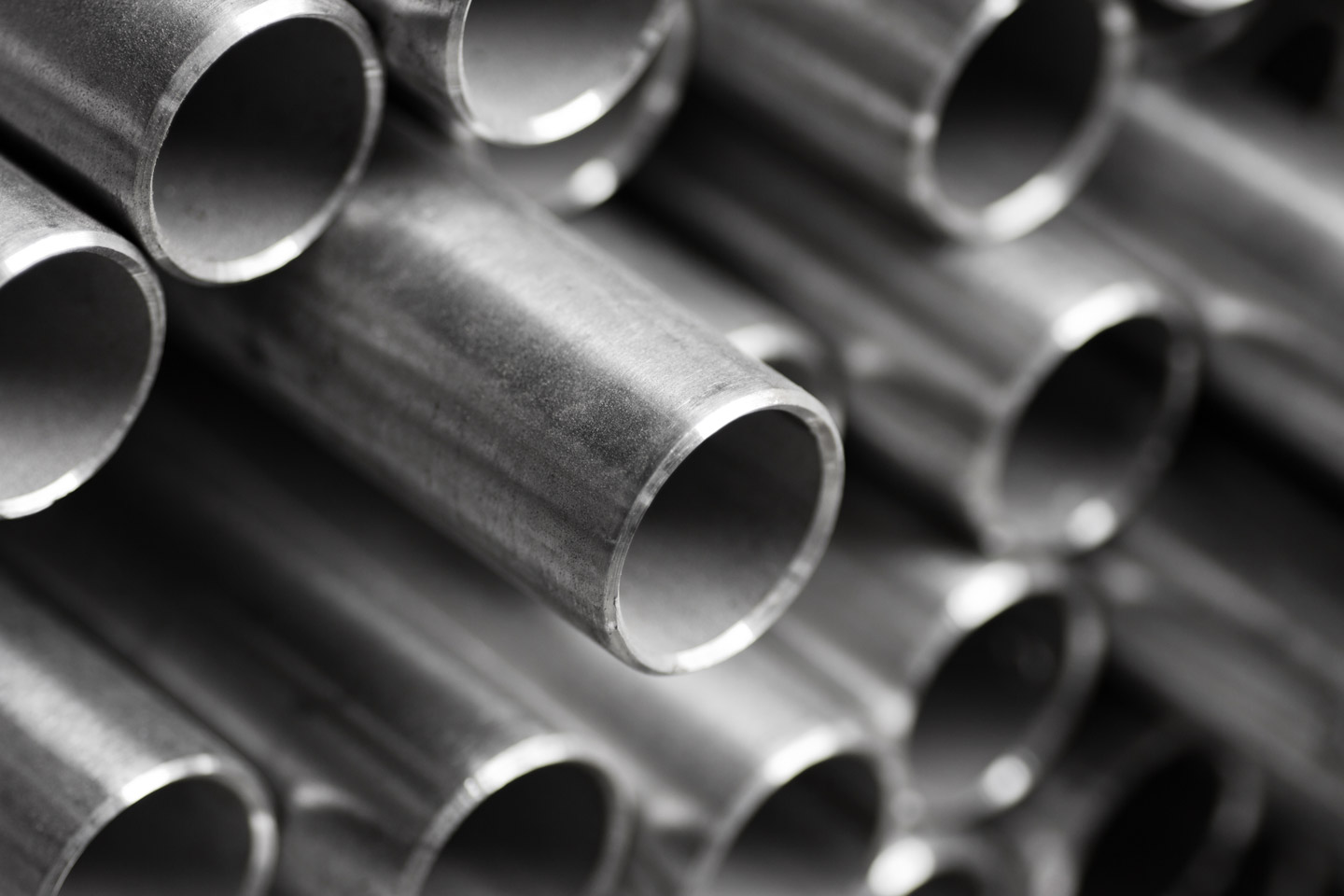Wear Resistance & Temperature Effects of Industrial Hard Chrome Plating
Wear has been defined as deterioration due to use, with six major causative factors: Impact, abrasion, non-galling with friction, heat, corrosion and vibration. Chrome has three distinct characteristics that are advantageous in resisting three wear. It is very hard, it Is very slippery, and it is resistant to most industrially corrosive environments.
The high hardness value makes chrome resist abrasion. Its low coefficient of friction means less drag and therefore less heat generated as the parts rub and together. Good corrosion resistance means less chemical attack and no development of metallic oxidation products attack become abrasive particles. Because of these characteristics it can be said that hard chrome is "friendly" to most mating materials.
Effect of Heat on Chrome
Chrome tends to soften in elevated temperatures, although it retains its low coefficient of friction and resistance to oxidation and corrosion which provide the resistance to abrasion and chemical attack. Even in the on forging die impressions where it is in contact with use hot steel, chrome plating still adds substantial wear life red to the die.
Hard Chrome Withstands Thermal Shock
Chromium can withstand temperature in excess of 1000 °F and it is also suitable in many cryogenic applications where it is exposed to liquid nitrogen or liquid oxygen. Applications involving rapid temperature changes, such as those common in plastics manufacturing, also have been as successful with chrome plating.
Properties and Benefits of Industrial Hard Chrome Plating
- Wear & abrasion resistance
- Lubricity
- Hardness
- Durability
- Adhesion & bonding
- Low coefficient of friction in metal parts
- Prevents seizing & galling
- Restores the dimensions of undersized parts
- Extends equipment in-service life, reducing costly
The data and Information presented are based on our experience to date. The material is intended as a guide for use at your discretion. ACME Holdings or its operating divisions assume no liability in connection with this material.

